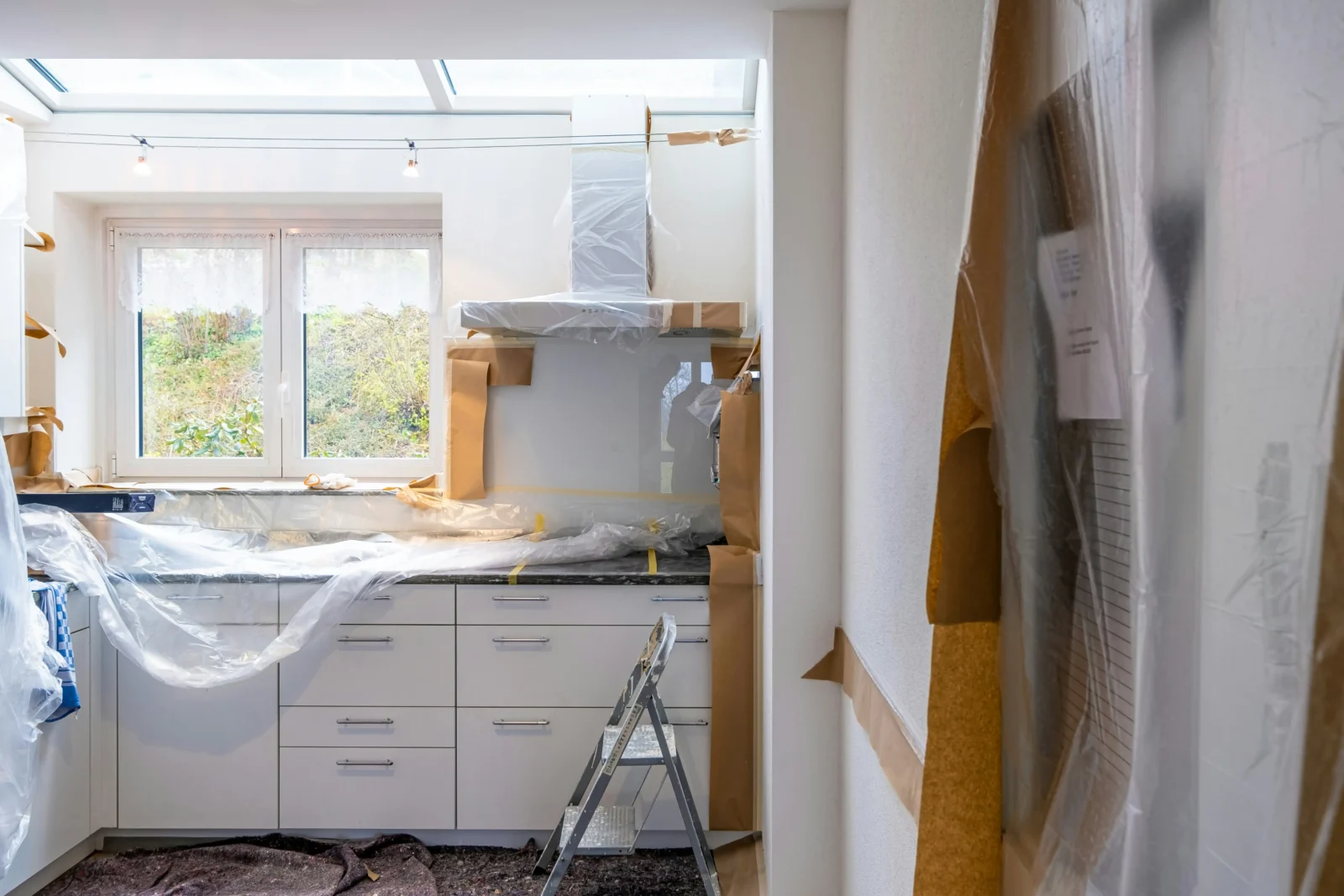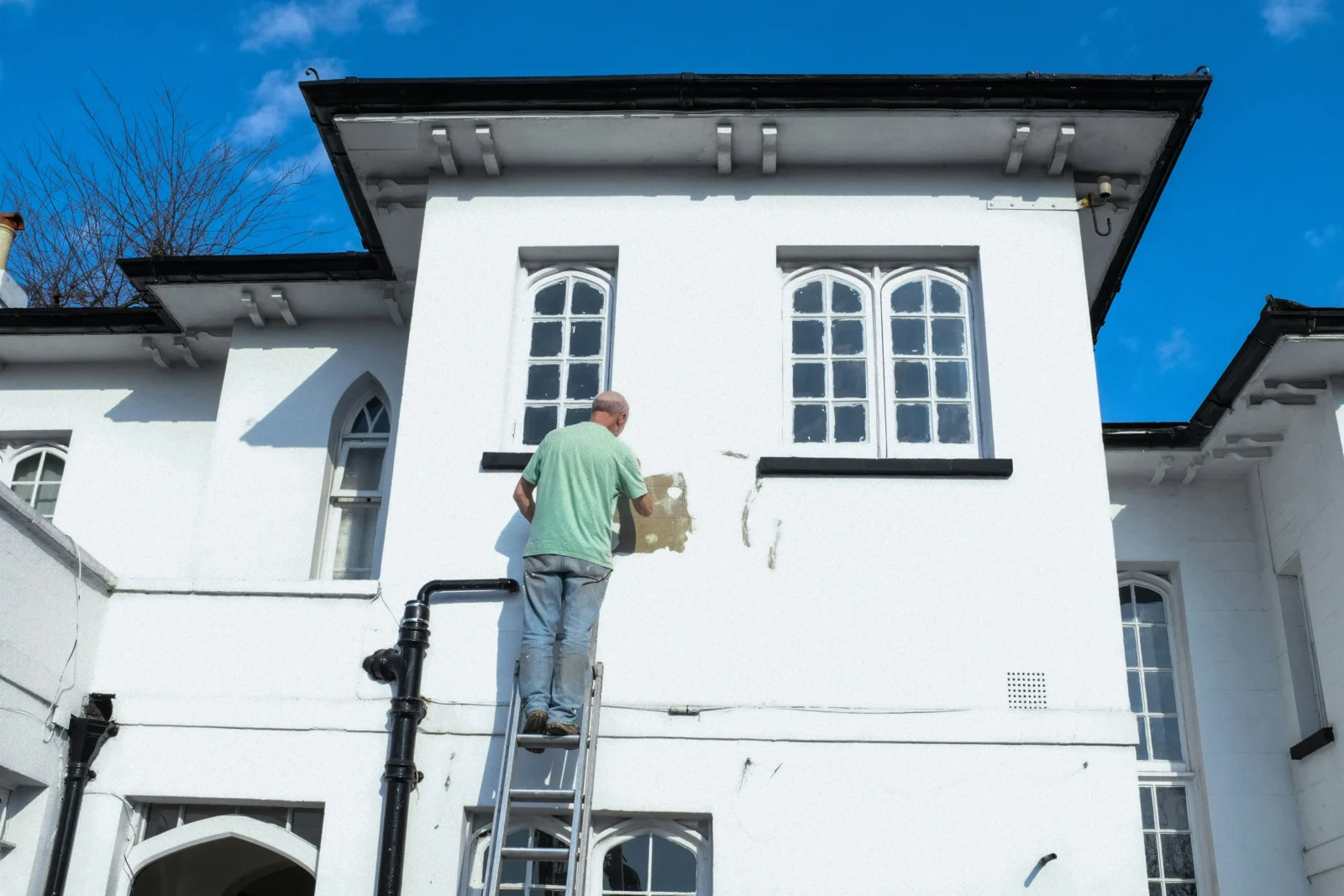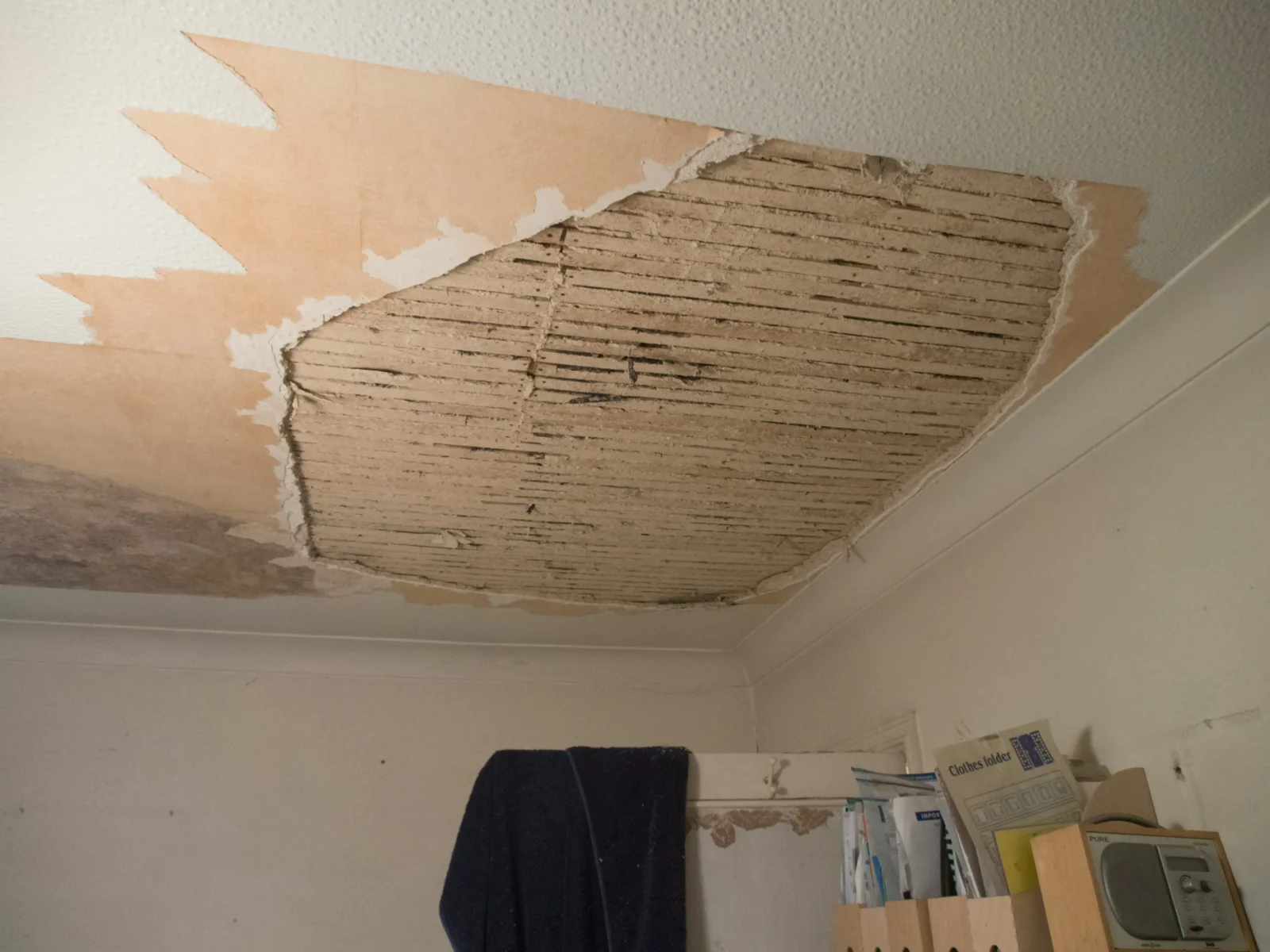- Home
- Articles
- Architectural Portfolio
- Architectral Presentation
- Inspirational Stories
- Architecture News
- Visualization
- BIM Industry
- Facade Design
- Parametric Design
- Career
- Landscape Architecture
- Construction
- Artificial Intelligence
- Sketching
- Design Softwares
- Diagrams
- Writing
- Architectural Tips
- Sustainability
- Courses
- Concept
- Technology
- History & Heritage
- Future of Architecture
- Guides & How-To
- Art & Culture
- Projects
- Interior Design
- Competitions
- Jobs
- Store
- Tools
- More
- Home
- Articles
- Architectural Portfolio
- Architectral Presentation
- Inspirational Stories
- Architecture News
- Visualization
- BIM Industry
- Facade Design
- Parametric Design
- Career
- Landscape Architecture
- Construction
- Artificial Intelligence
- Sketching
- Design Softwares
- Diagrams
- Writing
- Architectural Tips
- Sustainability
- Courses
- Concept
- Technology
- History & Heritage
- Future of Architecture
- Guides & How-To
- Art & Culture
- Projects
- Interior Design
- Competitions
- Jobs
- Store
- Tools
- More
How to Master Architectural Restoration: An Expert’s Step-by-Step Guide

Commercial buildings typically last 70 to 75 years. The situation becomes more worrying because building components need major architectural restoration work after just 15 to 35 years.
These numbers show why building preservation goes beyond regular maintenance and protects our architectural heritage. Historic building restoration has grown more crucial, especially since only 41 percent of architectural firms use modern building performance simulation techniques today.
Old structures need new life while keeping their historical value intact. We created this complete guide to direct you through the complex restoration process, from your first assessment to the final steps.
Table of Contents
ToggleEvaluating Historical Significance
Buildings have historical value that we can determine through a step-by-step review of multiple factors. My first step involves getting complete documentation about the structure’s past and its architectural elements. This helps establish its importance in preservation work.
Researching building history
Architectural restoration starts with a full historical research. The County Tax Assessment Office gives us access to ownership records and property details. The county courthouse deed records light up vital details about property transfers, boundary changes, and previous owners.
You’ll find valuable resources at local libraries and historical societies. These places have building permits, blueprints, and city directories that show what previous residents did for work. On top of that, it helps to look at Sanborn Fire Insurance Maps. These maps reveal everything about building footprints, materials, and structural changes over time.

We use historical photographs and documents to confirm what we see on site. Here’s where we find these materials:
- Building financial records
- Personal records of previous owners
- Historical Society archives
- Local newspaper archives
- Tax assessment records
Identifying architectural features
The evaluation looks at historical, architectural, archeological, engineering, and cultural values rather than treatments. My assessment of architectural features covers several key points:
The property must connect to the site’s basic purpose. The building’s current state and unique character are the foundations of determining its historical importance.
Here are the four main historical significance attributes:
- Association with the park’s basic purpose
- Building condition assessment
- Historical and unique character analysis
- National register eligibility evaluation
The assessment has sections about architectural details, decoration, and usage patterns. Buildings with original features get more attention during evaluation. These features include cornices, over-door pediments, paneling, carved trim, and decorative brickwork.
Our documentation includes detailed reports with:
- Original construction date
- Original ownership details
- Architectural style identification
- Names of original architects and decorators
- Timeline of modifications and repairs
This all-encompassing approach helps us understand the building’s historical importance. We can make better restoration decisions that match preservation standards. The full picture becomes the life-blood of developing restoration strategies that honor the structure’s heritage.
Mastering Documentation Techniques
Accurate documentation is the foundation of successful restoration projects. Capturing intricate architectural details requires a combination of traditional and modern methods, ensuring every element is preserved for analysis and future reference. Choosing the right techniques for different materials, environments, and project scopes ensures the highest level of precision. Below, we explore essential strategies that bring restoration documentation to the next level.
Photography and sketching
Quality photography starts the professional documentation process. A 35mm camera with through-the-lens viewing and detachable lenses works best. The clearest architectural details appear in photos taken during early morning or late afternoon when shadows are soft. Inside shots need special gear – a flash unit with high-speed film and a tripod gives the best results.
3D scanning methods
The rise of 3D scanning has transformed how we document cultural heritage without physical contact. Close-range scanners work best between 8cm to 1m from surfaces and capture intricate details precisely. These systems use either laser or structured light technology. Laser scanners pair cameras with trigonometry to map surfaces, while structured light scanners project patterns to measure distances.
Creating detailed reports
A detailed documentation report needs:
- High-resolution photographs with GPS stamps
- Detailed moisture maps and equipment placement records
- Timeline information from multiple site visits
- Project status updates with visual documentation
Digital preservation records
Digital preservation makes architectural documentation accessible long-term. All 3D scans and color data need archiving at 3000 x 2000 pixels minimum at 300 ppi. The data should stay in raw formats to allow reprocessing as technology improves. I keep both cloud storage archives and physical copies on archival-grade CD-Rs for maximum security.
These combined documentation methods create a complete restoration record. Careful attention to lighting, equipment choice, and proper archiving preserves every important architectural detail for future restoration work and reference.
Choosing Restoration Materials
Material selection serves as the life-blood of successful architectural restoration projects. The Secretary of Interior’s Standards for Rehabilitation stress the need to repair deteriorated features rather than replace them. Notwithstanding that, some situations require material substitution to maintain structural integrity.

Matching historic materials
Matching materials must line up with the original composition, design, color, texture, and visual properties. Getting an exact match creates challenges, since new marble from the same quarry is different from historic panels. These factors help me review replacement materials:
- Physical compatibility with existing materials
- Surface texture and reflectivity match
- Color stability over multiple seasons
- Durability and maintenance requirements
The review process weighs both technical and economic feasibility. While cost considerations matter, access to expert property restoration services can simplify material sourcing and ensure historical accuracy.
Modern alternatives
Modern substitute materials can work well in specific situations. The National Park Service gave an explanation about acceptable substitute materials that has expanded, as long as they maintain the building’s historic integrity. These circumstances make me think over modern alternatives:
- Original materials or skilled artisans aren’t available
- Code-required performance upgrades
- Improved resilience requirements
- Sustainability considerations
The physical properties of substitute materials need careful attention. Modern materials have different expansion rates and vapor permeability compared to historic ones. To name just one example, high-tech materials like epoxies and polymers show greater strength and moisture impermeability than historic materials.
My design incorporates modern materials in new systems so what it all means affect the new material rather than historic elements. Surface preparation plays a vital role – using non-corrosive anchoring devices that withstand environmental forces.
Careful material selection and installation techniques help balance historical authenticity and structural longevity. This method honors the building’s heritage while meeting today’s requirements.
Managing Interior Restoration
Restoring a building’s interior requires a delicate balance between preservation and modernization. Every element, from wall finishes to structural systems, plays a role in maintaining historical authenticity while ensuring the space remains functional for contemporary use. By prioritizing careful assessment and expert techniques, restoration efforts can honor the past while meeting present-day needs.
Preserving original finishes
A building’s original finishes tell its history. The Secretary of Interior’s Standards stress keeping historic materials, especially hand-crafted elements rarely found in modern construction. The best way to start any restoration work is setting up environmental monitoring that tracks the building’s performance data for at least a year. This information is a great way to get the right restoration approach.
Lime-based materials remain crucial for plasterwork preservation because they let moisture move properly. Modern gypsum alternatives often trap moisture and can speed up deterioration. Wooden features also need specific treatments based on their unique properties and historical background.
Updating building systems
Modern building systems must combine smoothly without affecting historical integrity. Strategic planning helps install contemporary plumbing, electrical systems, and heating solutions. Smart sensors and energy management systems save energy without changing the building’s look.

The core system updates should include:
- Drip pans with leak detection devices
- Discreet conduit positioning
- Energy-efficient lighting solutions
- Smart climate control systems
Maintaining historical accuracy
Authenticity leads the way in architectural interior restoration. The National Park Service guidelines emphasize protecting character-defining spaces and features. This means keeping original room layouts, architectural elements, and historic finishes intact.
Strict temperature and humidity control shield artwork and antiquities. Working with preservation architects who know historic construction methods will set proper operating limits without harming the building envelope. The team also needs specialized preservation skills training because standard building trades lack expertise with historical structures.
Careful attention to detail and following preservation standards help interior restoration projects connect past and present. This approach keeps buildings functional while protecting their irreplaceable historical character.
Conclusion
Mastering architectural restoration is a meticulous process that blends historical respect with modern expertise. Careful planning and execution ensure that these structures remain functional while maintaining their historical essence.
By embracing both traditional craftsmanship and innovative technologies, restoration professionals can safeguard architectural heritage for future generations, ensuring that the past continues to inspire and enrich the built environment of tomorrow.
illustrarch is your daily dose of architecture. Leading community designed for all lovers of illustration and #drawing.
Submit your architectural projects
Follow these steps for submission your project. Submission FormLatest Posts
How to Avoid Costly Mistakes During Large Renovation Projects
A big renovation sounds like a dream—until you’re washing dishes in the...
How to Plan a Successful Home Renovation
A home renovation feels exciting at first. Then the decisions stack up....
How To Be More Sustainable When Renovating Your Home?
Renovating your home can be exciting, but it’s easy to overlook sustainability....
How to Make Small Repairs Around the Home
Fixing minor household problems can be a satisfying experience. It saves money...












Leave a comment